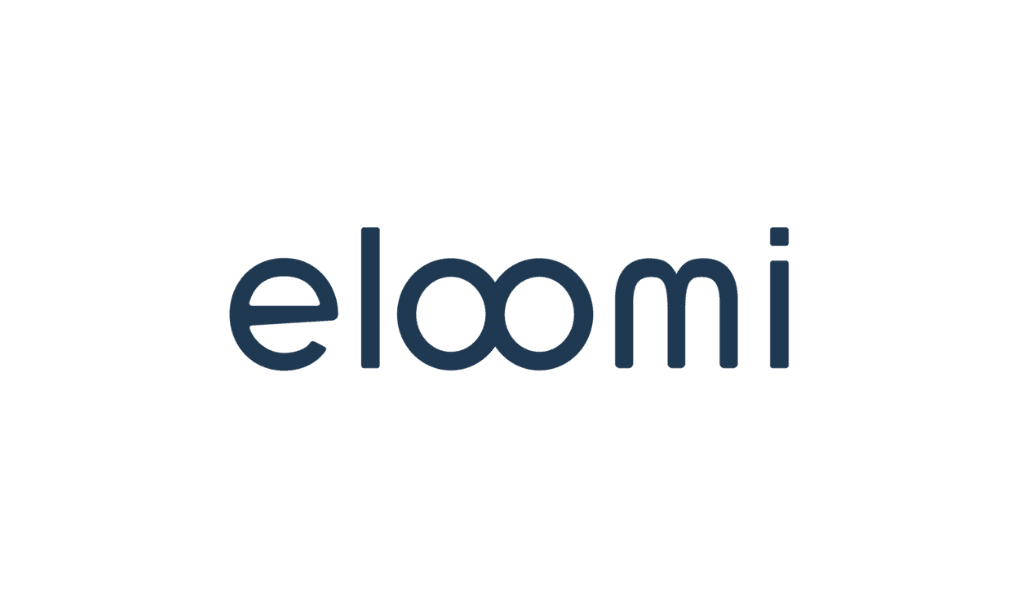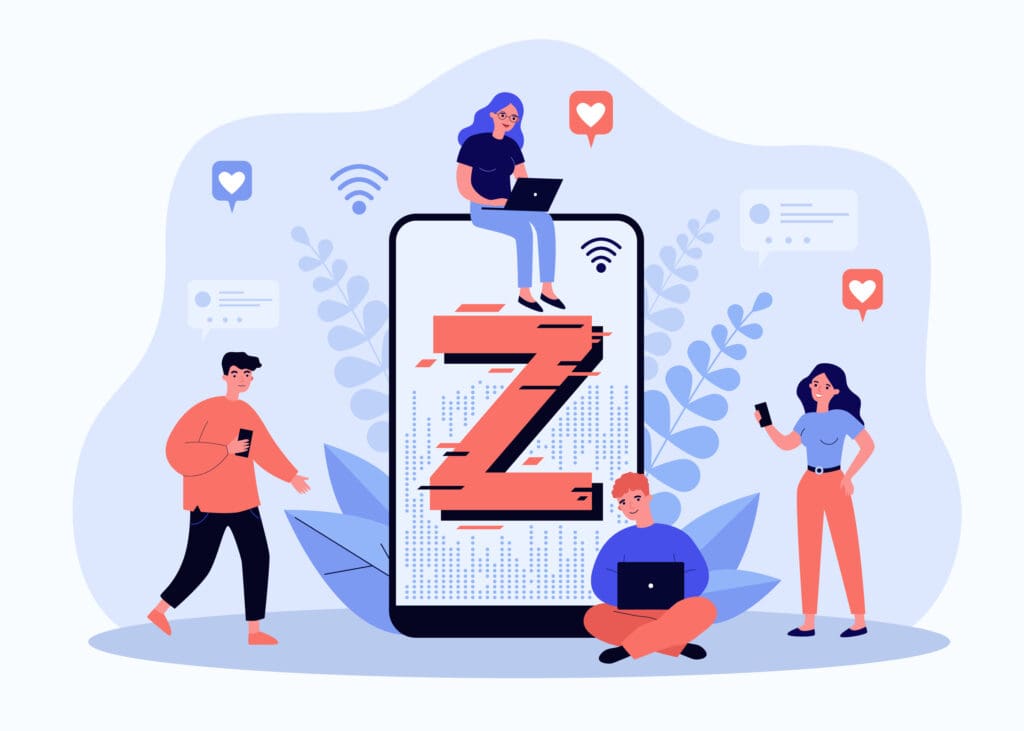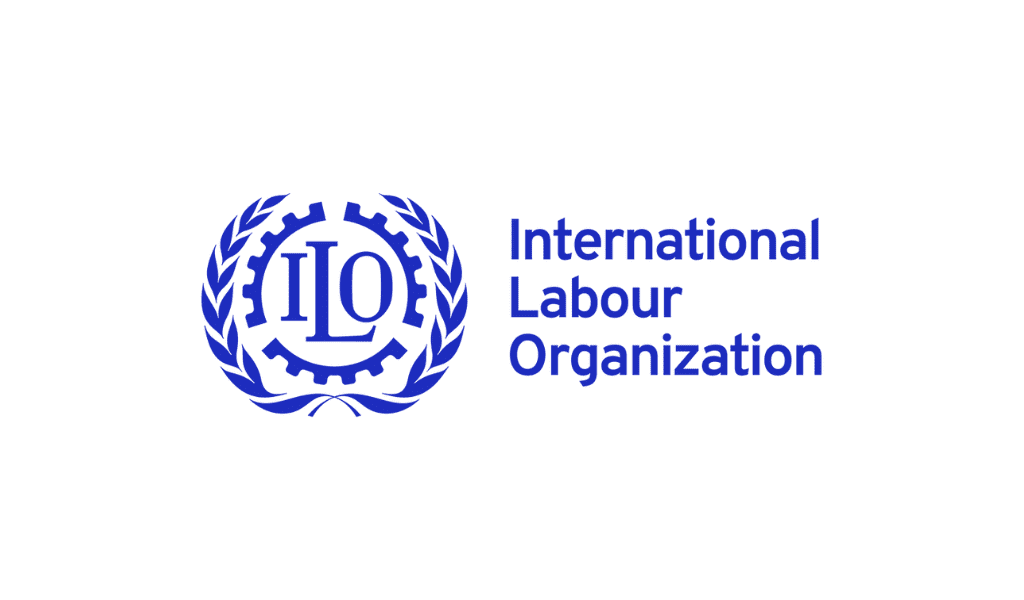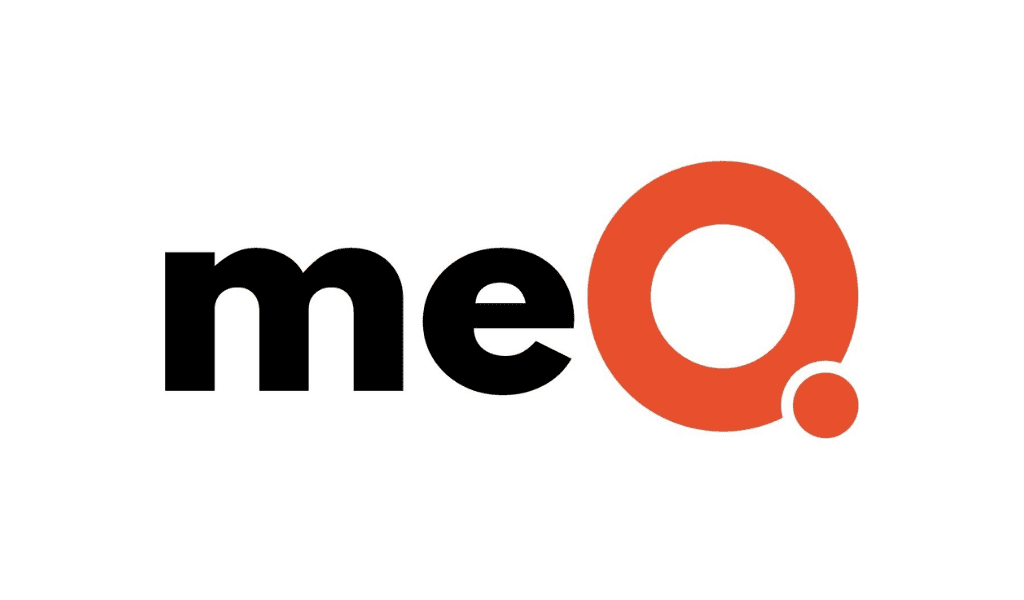Today’s HCMs provide the perfect platform to effectively communicate with the workforce.
By Jennifer Ho
Effective communication in the workplace is an essential strategy for an organization to achieve its goals. By providing clear and timely communication about current objectives and tactics, businesses can improve engagement among employees and reduce costly mistakes. In fact, according to research from the University of Auckland, 70 percent of business mistakes are the result of poor communication. If effective communication can reduce mistakes within an organization, why are 57 percent of employees saying their companies don’t provide it, according to HBR?
These statistics allude to the fact that there is a need and desire for improved communication in the workplace. Studies of some of the organizations that have been ranked on the “Best Places to Work” list have shown that effective communication assists with building a sense of trust, reduces absenteeism and turnover rates, and increases employee job satisfaction. So what defines great workplace communication and how can organizations successfully deliver it?
Effective communication relies on a message -either verbal or nonverbal (emails, text messages, digital, and sticky note) -being sent and received correctly. This clear and executable exchange of information and ideas is a sign of a high-performing culture within an organization. For example, what happens when an employee leaves a meeting and is unsure of what the next steps are, or worse, believes the task they have to do is actually someone else’s? How does that experience affect productivity and perception about the organization?
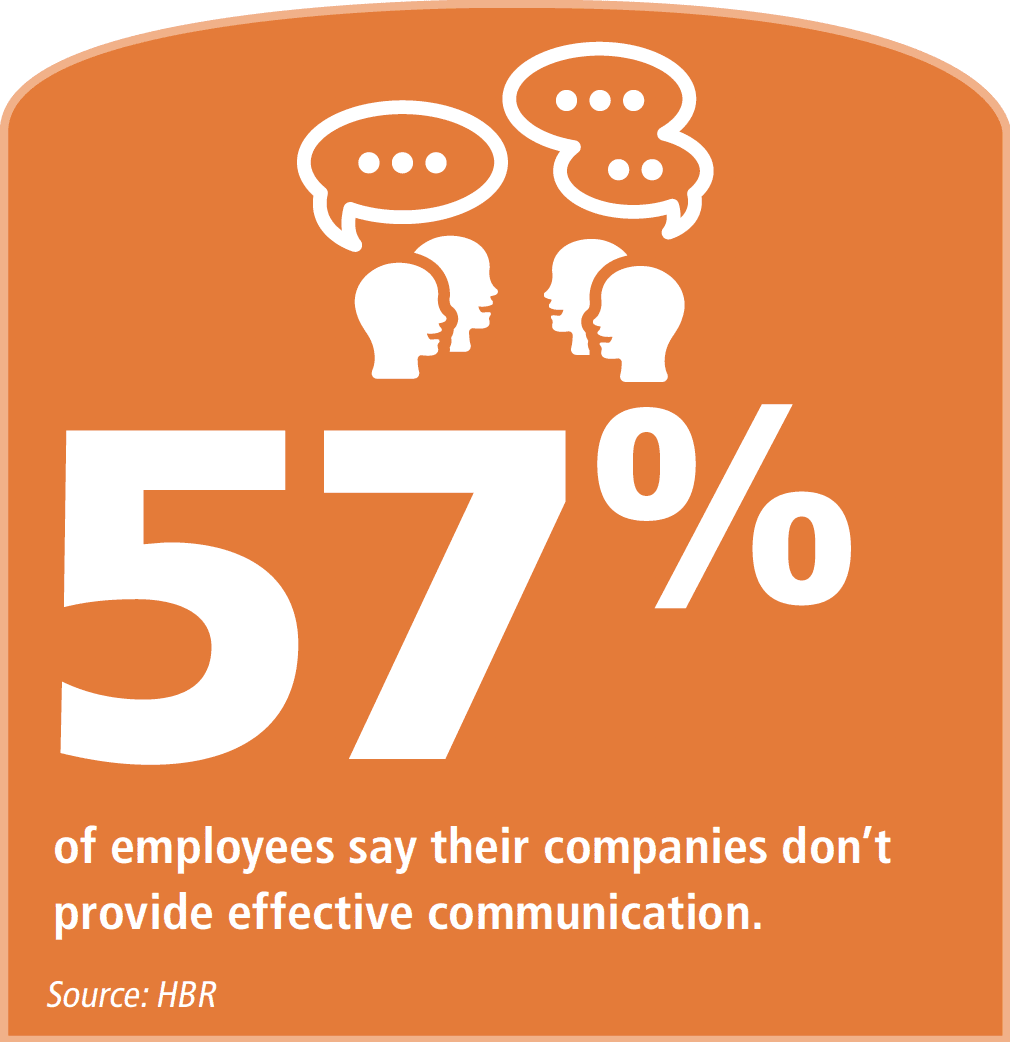 While there are many barriers, including physical, that can prevent effective communication, the majority of miscommunication within organizations occurs due to language, transparency, and psychological barriers. This is why it is essential for leaders to exercise communication skills in addition to tech solutions to ensure they are communicating effectively across the entire organization. By utilizing a robust human capital management solution, employers can promptly and consistently engage with employees.
While there are many barriers, including physical, that can prevent effective communication, the majority of miscommunication within organizations occurs due to language, transparency, and psychological barriers. This is why it is essential for leaders to exercise communication skills in addition to tech solutions to ensure they are communicating effectively across the entire organization. By utilizing a robust human capital management solution, employers can promptly and consistently engage with employees.
Steps to an Effective Communication Strategy
Strong communication habits not only separate successful companies from their competitors but also successful managers from the rest. It is the role of business leaders and front-line managers to ensure the company is achieving its goal by communicating to employees in a clear and timely manner. While this is their responsibility within an organization, according to HBR, 69 percent of managers surveyed responded that they were often uncomfortable communicating in general with employees. Additionally, the research found that 37 percent of managers responded that they were uncomfortable having to give direct feedback about their employees’ performance if they thought the employees might respond negatively to the feedback.
This needs to change. Here are three ways to improve communications utilizing HCM solutions.
1. Optimize the use of HCM solutions. Though nothing will replace in-person communication with an employee, HCM solutions can increase the reach of communication among employees, providing a central hub of connection on the platform’s homepage. Efficiently connecting employees in different departments will further cascade messages on changes in strategy, including updates to the company’s vision, value, and cultural norms. This approach will also free up management and resources to drive growth within the organization.
2. Provide timely feedback. According to an Office Vibe survey, 78 percent of employees said being recognized motivates them in their job. By utilizing management by objects processes, management can recognize employees who are focused and are completing tasks related to the short- and long-term strategy achievements. These achievement levels can be set at an individual level across different teams and locations within the company.
In addition to using an HCM solution to easily provide feedback, track progress, and engage employees, it is also important to train managers on how to communicate effectively during one-on-one meetings. This begins with building trust, being transparent, and having the ability and willingness to listen. Conducting one-on-one meetings helps with keeping a pulse on the employee’s engagement, development, and other needs.
3. Encourage professional growth. In addition to utilizing the HCM’s homepage and performance management systems throughout an employee’s tenure with a company, learning and development solutions will support engagement efforts and will ensure an employee has a deeper understanding of their role and the organization’s values. Introducing employees to L&D tools during their onboarding process can assist management with engaging, assessing, and closing skill gaps early in their initial training and encourage growth throughout their tenure. As more companies are opting for online learning for their employees, managers can easily notify employees when new modules are available through the homepage to drive the personal and professional growth that employees desire.
As organizations implement HCM solutions into their communication strategy, it is important to not overlook basic communication skills that will further drive success. In addition to a robust HCM solution, business leaders need to ensure they have developed the skills of oral communication, listening, public speaking, and the ability to adapt to situations.
No matter the stage in one’s career, it is important to continuously work on and develop communication skills. There will always be more to do than time allows, but by combining communication skills with HCM solutions, workplace leaders can effectively communicate across the organization to create a workforce of employees who are engaged. It will also position the organization to grow and develop talent from within. By constantly reevaluating the communication strategy in place, organizations can address what is not working and restructure in order to drive the growth and success of the company.
Jennifer Ho is vice president of HR for Ascentis.

